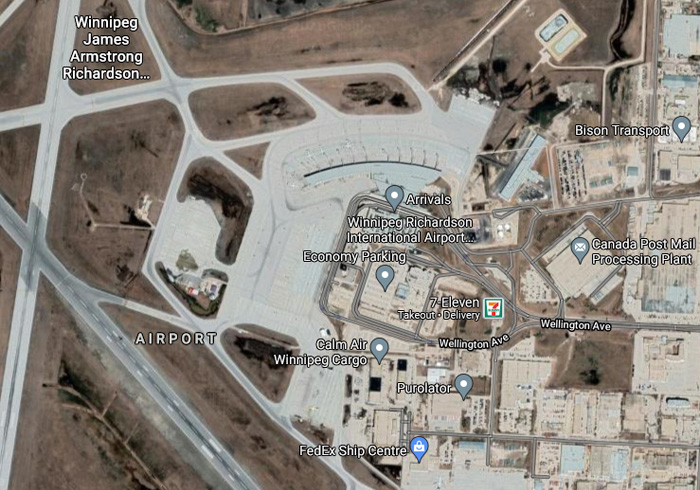Manitoba Municipal Relations advises that to protect and foster the Winnipeg Richardson International Airport’s operations and continued growth while ensuring orderly and efficient development within Winnipeg, the province has adopted an Airport Vicinity Protection Area (AVPA) Regulation under the City of Winnipeg Charter. The new Airport Vicinity Protection Area Regulation will regulate new and infill development within defined protection areas.
The draft Airport Vicinity Protection Area Regulation was posted on the government’s consultation portal for 45 days, ending midnight Aug. 4. Responses were received from the Winnipeg Airport Authority, Shindico and Cadillac Fairview, Manitoba Aviation Council and one private citizen. The City of Winnipeg also provided direct correspondence outside of the portal.
In response to comments received, the boundaries of the protection areas were amended slightly to reflect a more precise model of predicted noise exposure. The regulation takes effect immediately and mandates timelines for the City of Winnipeg to update its bylaws to reflect this new provincial standard.
Specifically, the AVPA Regulation establishes two protection areas, which define where and what type of new residential development may take place. Area 1 comprises lands immediately adjacent to the airport, where no new residential development will be permitted, except for replacement of buildings and minor infilling. Area 2 is located further away from the airport, where new or replacement residential development may be constructed, subject to indoor noise level limits.
All new residential dwellings within the Airport Vicinity Protection Area must be designed and constructed to achieve indoor sound mitigation levels of 30 decibels in bedrooms, 40 decibels in living, dining and recreation rooms, and 45 decibels in kitchens, bathrooms, hallways and utility rooms. For reference, the sound level of normal conversation is generally between 50 and 65 decibels.
The protection areas mirror noise exposure forecasts prepared by independent experts and correspond to an ‘ultimate scenario’ where the airport is fully built out, including the development of a third runway, and operating at its estimated maximum practical capacity.




